
Filter News
Area of Research
- (-) Materials (64)
- (-) Nuclear Science and Technology (6)
- Advanced Manufacturing (6)
- Biological Systems (2)
- Biology and Environment (59)
- Biology and Soft Matter (1)
- Building Technologies (2)
- Clean Energy (90)
- Climate and Environmental Systems (1)
- Computational Biology (1)
- Computer Science (1)
- Data (1)
- Electricity and Smart Grid (1)
- Fossil Energy (1)
- Functional Materials for Energy (2)
- Fusion and Fission (15)
- Isotope Development and Production (1)
- Isotopes (3)
- Materials for Computing (6)
- National Security (25)
- Neutron Science (31)
- Renewable Energy (1)
- Sensors and Controls (1)
- Supercomputing (56)
- Transportation Systems (1)
News Topics
- 3-D Printing/Advanced Manufacturing (5)
- Advanced Reactors (1)
- Artificial Intelligence (5)
- Bioenergy (3)
- Biology (3)
- Biomedical (2)
- Buildings (2)
- Chemical Sciences (11)
- Clean Water (1)
- Composites (2)
- Computer Science (2)
- Coronavirus (2)
- Critical Materials (3)
- Cybersecurity (1)
- Decarbonization (3)
- Energy Storage (14)
- Environment (4)
- Exascale Computing (1)
- Frontier (2)
- Fusion (1)
- Grid (2)
- High-Performance Computing (4)
- Isotopes (2)
- Machine Learning (2)
- Materials (25)
- Materials Science (10)
- Microscopy (5)
- Nanotechnology (6)
- National Security (2)
- Neutron Science (5)
- Nuclear Energy (1)
- Partnerships (4)
- Physics (6)
- Polymers (3)
- Quantum Science (2)
- Security (1)
- Simulation (1)
- Sustainable Energy (2)
- Transformational Challenge Reactor (1)
- Transportation (2)
Media Contacts
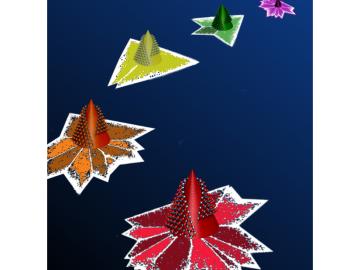
Rice University researchers have learned to manipulate two-dimensional materials to design in defects that enhance the materials’ properties. The Rice lab of theoretical physicist Boris Yakobson and colleagues at the Department of Energy’s Oak Ridge National Laboratory are combi...

After more than a year of operation at the Department of Energy’s (DOE’s) Oak Ridge National Laboratory (ORNL), the COHERENT experiment, using the world’s smallest neutrino detector, has found a big fingerprint of the elusive, electrically neutral particles that interact only weakly with matter.

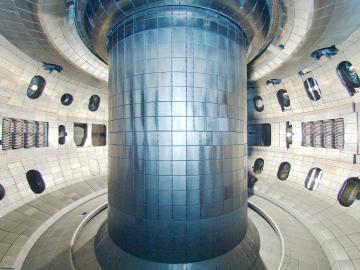
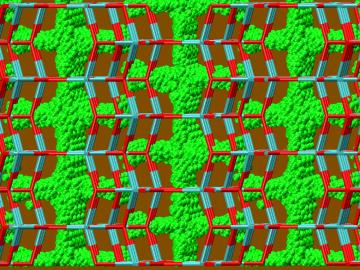
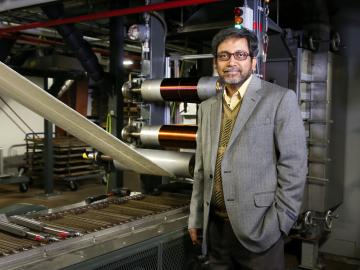
Finding new energy uses for underrated materials is a recurring theme across Amit Naskar’s research portfolio. Since joining Oak Ridge National Laboratory in 2006, he has studied low-cost polymers as carbon fiber precursors, turning lignin−a byproduct of biofuel production−into renewable thermoplastics and creating carbon battery electrodes from recycled tires.
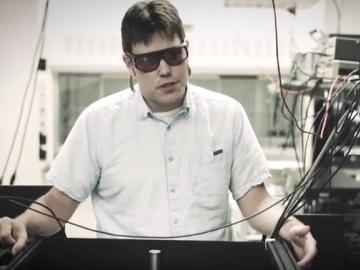
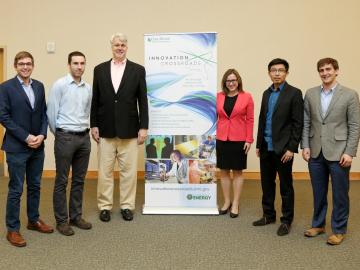
Oak Ridge National Laboratory today welcomed the first cohort of innovators to join Innovation Crossroads, the Southeast region's first entrepreneurial research and development program based at a U.S. Department of Energy national laboratory. Innovation Crossroads, ...


Researchers have long sought electrically conductive materials for economical energy-storage devices. Two-dimensional (2D) ceramics called MXenes are contenders. Unlike most 2D ceramics, MXenes have inherently good conductivity because they are molecular sheets made from the carbides ...


